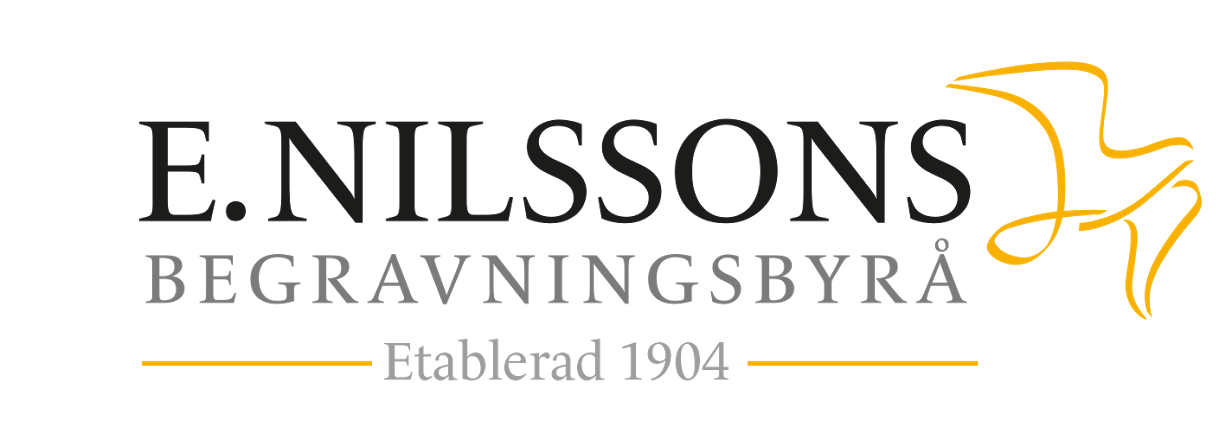Deaths
In connection with someone’s death it is not only the practical but also the legal matters that the bereaved are facing. In the event of a death an estate administration shall be carried out. In the estate administration a summary of the assets and debts of the estate are summarised as well as an inquiry into who the parties to the estate are. In regard to the administration and settlement of the estate, the parties to the estate are jointly responsible.
Normally (with the exception of a notification of estate) an estate administration is followed by an estate inventory. Once the estate inventory is finished and registered by the Swedish Tax Agency, the assets belonging to the estate shall be divided between the parties to the estate in a distribution of the estate. We are happy to help you along the way, please contact us to receive help based on your needs.
Estate inventory
In the event of a death the estate must draft written documents, what is known as an estate inventory. In the estate inventory, the assets and debts of the estate are determined. If the deceased was married, the assets and debts of the surviving spouse shall also be noted. In addition to assets and debts the estate inventory contains information on parties to the estate, secondary heirs and beneficiaries.
An estate inventory shall be drafted within three months of the date of death and be submitted to the Swedish Tax Agency for registration one month later. If it has not been possible to establish the assets and debts of the estate or the circle of parties to the estate within these three months there is a possibility of requesting a respite. Respite shall be sought within three months of the date of death.
The estate inventory is a legal document which after having been registered with the Swedish Tax Agency works as identification papers for the parties to the estate. There is no division in the estate inventory, instead it forms the basis of a future distribution of the estate and division of the inheritance.
If it is not known who the parties to the estate are, an investigation of relatives is carried out so that the circle of parties to the estate can be established. When the circle of parties to the estate is known and the assets and debts are established everyone involved are summoned to the estate inventory proceedings. In addition to the parties to the estate, secondary heirs are also summoned to the proceedings. At the meeting the estate’s assets and debts are presented. The estate inventory shall then be signed by two executors with good legal knowledge.
Notification of estate and financial aid for funeral costs
Under some circumstances the estate inventory is replaced by a “notification of estate”. A notification of estate will come into question when there are no assets in the estate or if the assets are not sufficient to pay for the funeral and other costs in connection with the death. A notification of estate is made by the social services department in the deceased’s municipality. Note that a notification of estate cannot be made if the deceased owns a property.
If the estate does not have assets to cover the cost of a “dignified” funeral it is possible to apply for aid from the social welfare office in the deceased’s municipality.
When the estate does not have sufficient assets to cover all debts (loans/invoices/funeral/estate inventory) it is important to not pay any invoices before it is possible to establish the estate’s capacity to pay. It is also very important to cancel any direct debit payments. Considering the right to a dignified funeral the funeral invoice as well as the estate inventory is a prioritised cost that takes precedence ahead of other creditors. If the estate receives an invoice it is therefore important to not pay it, instead you should contact the creditor and explain that there are no assets in the estate. It is important to manage these matters correctly in order to avoid the parties to the estate becoming liable to pay the estate’s debts.
Practical and financial management
A number of practical questions arise when settling estates. Contracts, insurances and subscriptions must be cancelled, mail must perhaps be forwarded, any vehicles must be sold and the apartment/property emptied, cleaned and sold. In addition, the parties to the estate must agree on how the movable tangible property shall be managed. These are examples of practical questions that arise when someone passes away.
In addition to all the practical matters the estate must also go through a financial settlement so that it can be distributed between the parties to the estate. Accounts and any securities must be concluded/sold, invoices must be paid, properties and movable tangible property shall be disposed of and a tax return shall be drafted.
Us here at E. Nilssons will be happy to assist you with managing estates. We adjust the help you need to your specific wishes. We always provide you with an account of all transactions that have been made in connection with our management.






